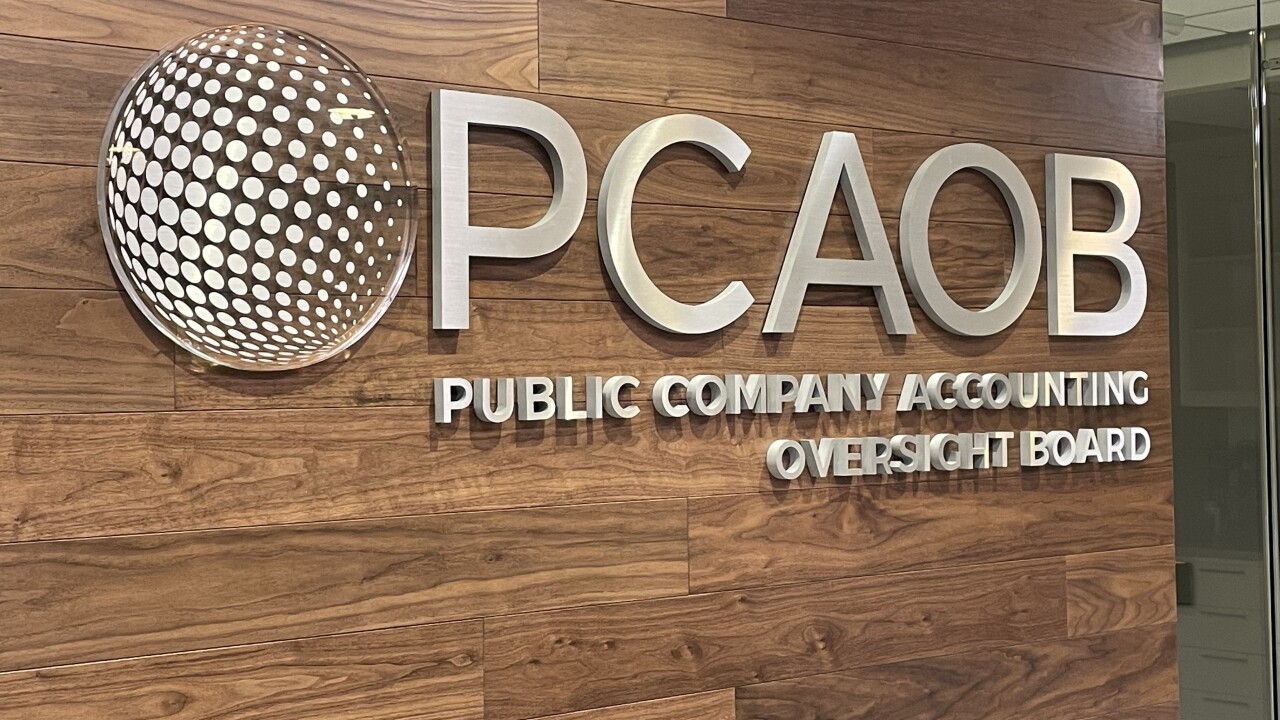Opportunity zones are garnering increased interest across the country. Taxpayers who meet the requirements for investing in an opportunity zone can potentially take advantage of increased depreciation deductions through cost segregation, further decreasing their tax liability.
There is an opportunity to take advantage of cost segregation for certain taxpayers who have invested in qualified opportunity funds. The opportunity zone program was enacted by the Tax Cuts and Jobs Act in December 2017. Under the requirements of the TCJA, investors who wish to develop in economically distressed communities (designated as opportunity zones) do so through an investment vehicle called a qualified opportunity fund. A qualified opportunity fund is funded using capital gains and is required to be organized as an entity taxable as a corporation or a partnership for the purpose of investing specifically in qualified opportunity zone property. There are three tax incentives for reinvesting capital gains in a qualified opportunity fund:
1. Recognition of capital gains are deferred until the qualified opportunity fund is sold or exchanged, or Dec. 31, 2026, whichever occurs earliest.
2. If the qualified opportunity fund is held for at least five years, then the basis in the investment is increased by 10 percent of the amount of gain deferred.
3. If the qualified opportunity fund is held for at least 10 years, then there is no gain recognized on any appreciation in the qualified opportunity fund (over and above the invested capital gains),
A cost segregation study accelerates the depreciation deductions on an asset by moving costs to shorter recovery periods. The benefit of performing a study is that it reduces taxable income in the first years of the life of the property which frees up cash flow immediately. In 2017, the tax reform changes in the TCJA made cost segregation studies more valuable than before. Under the new law, any building components with a tax recovery period of 20 years or less are eligible for 100 percent bonus depreciation. Historically, bonus depreciation only applied to newly constructed property, but now it’s available for any acquired property. These components can be easily identified with the help of a cost segregation study
Investors who solely reinvest their capital gains in qualified opportunity funds typically cannot benefit from cost segregation. This is because in a partnership the taxpayer’s initial basis is zero. If the basis remains zero, then the losses from a cost segregation study cannot be used. However, a taxpayer can benefit from a cost segregation study if there is debt and/or additional (non-opportunity zone) investment on top of the capital gains. Understanding the nuances of each type of debt is critical. Investors who utilize either recourse and/or qualified nonrecourse debt can potentially benefit from the cost segregation study because they may have enough basis.
Investors and professionals involved with real estate know that development projects generally have significant debt. This means that most opportunity zone investors can usually benefit from adding cost segregation to their tax planning.
The opportunity zone rules only apply for federal tax purposes so if a taxpayer purchased the property with no debt, they have no basis for federal purposes. However, this is not true for state tax purposes. All the income would be taxable, and the entire purchase price would have basis for state tax purposes. As a result, there may be an opportunity to do a cost segregation study for state purposes.
There is a lot of investor interest in opportunity zones. Taxpayers and tax preparers should be aware of how they interact with other tax incentives such as cost segregation. Careful planning needs to be done to ensure that the benefits can be realized.




